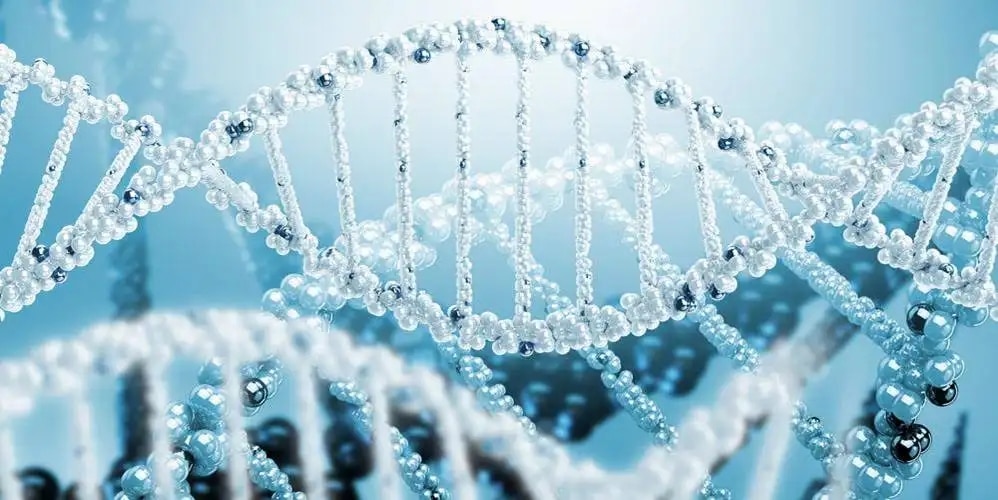Textile printing and dyeing industry is not only a large energy consumer, but also a large water consumer, but also a large waste water discharge. The annual water consumption of China’s textile industry exceeds 10 billion tons, and the wastewater discharge ranks fifth to sixth among all industries in China. The water consumption of printing and dyeing industry is about 90%. The water consumption per unit textile weight is 2 ~ 3 times that of developed countries, and the energy consumption is 3 ~ 5 times.

The traditional pretreatment process of cotton is three steps: desizing, scouring and bleaching. At the end of last century, desizing and boiling were combined, while bleaching was separated. Desizing and boiling were combined into one bath desizing and boiling method, which is generally a two-step process; At the beginning of this century, the two-step process was combined into one-step process of decommissioning, boiling and bleaching. Therefore, the cold pad batch scouring and bleaching process was developed at low temperature. The other three processes were treated at 100 ℃ for 60 ~ 90 minutes. The steam consumption and water consumption accounted for 40% ~ 60% of the total water and energy consumption of printing and dyeing. The sewage COD was as high as 6000 ~ 10000 ppm, which became a key industry requiring energy conservation and emission reduction. In addition to tightening various pollutant indicators, the national mandatory standard gb-4287-2012 includes the drainage standard of various textiles according to unit weight. Therefore, energy conservation, water conservation and emission reduction have become an urgent event in the printing and dyeing industry and an important step to reduce costs. In addition to the advanced technology and the used auxiliaries, the problem of energy saving and emission reduction cannot be completely solved.
The main impurities contained in cotton fiber are pectin 0 4% ~ 1. 2%, waxy 0 4% ~ 1. 2%, protein 1 0% ~ 1. 1%, ash 0.5% 7% ~ 1. 6% and a small amount of sky pigment are called symbionts in the growth of cotton fiber. These impurities mainly exist in the cuticle and primary cell wall of cotton fiber. Their existence makes cotton fiber hydrophobic and hinders the penetration and diffusion of dye solution during dyeing. In addition, the size and oil agent are artificially applied to the size during spinning. During pretreatment, these impurities must be removed through desizing, cooking and bleaching processes, so as to create necessary conditions for subsequent dyeing, printing and finishing.
In the traditional cooking process, pectin, oil wax and protein are hydrolyzed and decomposed by caustic soda, and then the decomposed products are emulsified and dispersed by refining agent with surfactant as raw material to remove them from cotton fiber. However, these processes must be carried out under high temperature and strong alkali. The reaction needs to be carried out at a high temperature of 100 ℃ and above. The steam consumption is very large. 5 ~ 6 tons of steam are required for 1 ton of cotton knitwear. Caustic soda will react with cellulose to produce sodium cellulose, which is not easy to wash from the fiber. After cooking, it must be washed with water repeatedly. The water consumption is very large, accounting for more than half of the water consumption in the whole dyeing and finishing process, which increases the wastewater discharge accordingly.
In the past, it has been considered that the main purpose of cotton fiber cooking process is to remove cotton wax and oil to improve the permeability, but the capillary effect of cotton fiber extracted by carbon tetrachloride is still zero, and zero wool effect can not improve the permeability, but the wool effect after pectin extraction is very good. Of course, the most ideal is to remove other impurities at least partially while removing pectin. In order to achieve this goal, the cooking and refining of cotton with enzyme preparation abroad as early as the 1990s has attracted the attention of researchers, and many works have been published.
Enzyme preparation is a biocatalytic reaction with fast speed. Generally, it reacts at 50 ~ 60 ℃, which can greatly save energy. The enzyme itself is protein, non-toxic, easy to biodegradation, and light burden of wastewater treatment. It is an environmental friendly assistant. Due to the specificity of enzyme catalytic reaction, it can only catalyze the chemical reaction of hydrolysis or cracking of a specific substance, so it can remove a specific impurity from cellulose. Pectinase is selected for pectin removal, which can play an auxiliary role in cellulase, protease and lipase.

